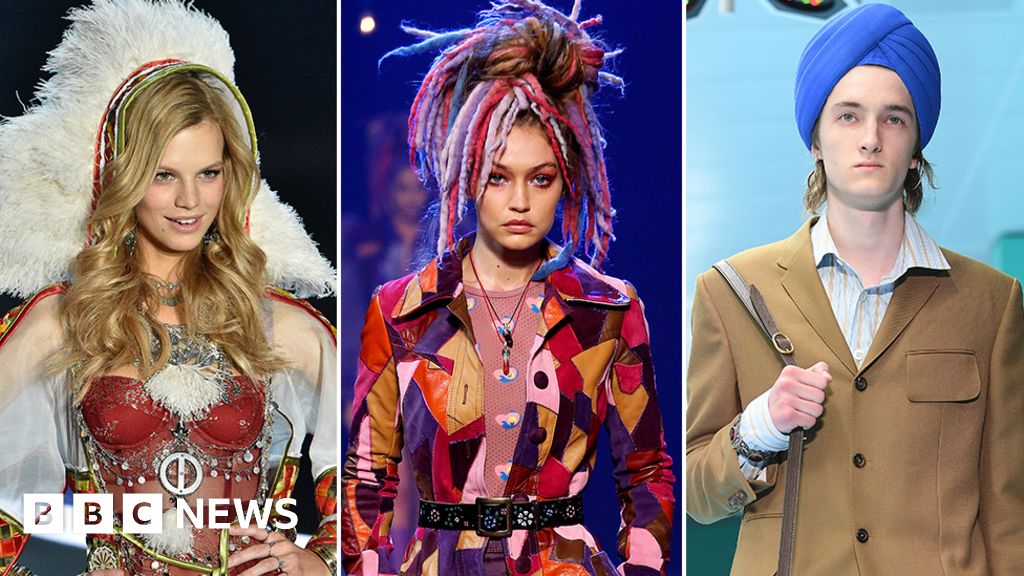The intersection of fashion and cultural appropriation is a complex and multifaceted issue, one that has garnered increasing attention in recent years. The term “cultural appropriation” refers to the act of taking or borrowing elements from a culture, particularly those of marginalized or minority communities, without permission or understanding. In the context of fashion, this can manifest in various ways, from the adoption of traditional garments and symbols to the commercialization of sacred practices. Understanding the nuances of this controversy requires an examination of its history, implications, and potential pathways for a more equitable approach to fashion.
Historically, the fashion industry has been notorious for appropriating elements from different cultures, often stripping them of their original meaning. For instance, the use of Native American headdresses in fashion shows symbolizes a profound misunderstanding of cultural significance. These headdresses are not mere decorative items; they are symbols of respect and honor, reserved for the leaders and warriors within those communities. Yet, they are often exploited by brands seeking to project an image of “exoticism” without acknowledging the cultural heritage they draw from.
Moreover, the commodification of traditional attire poses a problem. Consider the use of kimonos in Western fashion—reinterpreted and mass-produced, often devoid of the cultural relevance they carry in Japan. This trend highlights a blatant disregard for the artistry and history behind such garments. Instead of celebrating the culture, the industry reduces its significance to a marketable aesthetic, therefore perpetuating stereotypes and misrepresentations.
One critical aspect that deserves scrutiny is the power dynamics at play within the fashion industry. Predominantly, it has been Western designers and brands who have profited from appropriating elements of other cultures, while the original creators see little to no benefit. This discrepancy raises questions of privilege and exploitation. By monopolizing cultural elements without fair compensation or collaboration, the fashion industry reinforces systemic inequalities.
Another factor to consider is the impact of social media on cultural appropriation discussions. Platforms like Instagram and TikTok can amplify voices from culturally marginalized groups, allowing them to share their perspectives on appropriation in fashion. This democratization of discourse enables a broader audience to engage with the issues at hand. However, it also raises the importance of listening to these voices rather than simply reacting to criticism with defensiveness or outrage. Dialogue and understanding are crucial in addressing the harm caused by appropriation.
Yet, it is essential not to conflate cultural appropriation with cultural appreciation. The latter involves respectful acknowledgment and celebration of cultural expressions. This distinction is paramount for fostering meaningful interactions between cultures. Collaborative partnerships between designers from different cultural backgrounds can lead to authentic representations that honor the traditions they stem from, rather than exploit them. Such collaborations can enhance creativity in the fashion world while ensuring respect for cultural heritage.
There are instances where brands have sought to address the issue of cultural appropriation. For example, several companies have begun to adopt inclusive practices by working with artisans from the communities they draw from. Brands like Brother Vellies and KkCo emphasize artisanal craftsmanship and pay sustainable wages to local artisans. This model promotes not only ethical fashion but also provides economic opportunities for those whose cultures are frequently appropriated.
The educational aspect of cultural appropriation is also vital. Consumers must be informed about the histories and significances behind the garments they choose to wear. Brands hold a responsibility to provide clarity about the origins of the styles they are offering, thereby encouraging consumers to make informed decisions. Workshops, discussions, and narrative-driven marketing can enhance awareness and appreciation for the cultures represented in fashion.
In addition to consumer education, fashion institutions, including schools and organizations, should integrate discussions on cultural appropriation into their curricula. Training future designers and marketers to recognize and respect cultural heritage can lead to more responsible practices within the industry. This proactive approach is essential for cultivating a more ethical fashion landscape.
Critically, as we navigate the future of fashion, sustainability should run parallel to conversations on cultural appropriation. Fast fashion thrives on the exploitation of labor and cultural elements alike, contributing to environmental degradation and social injustice. A sustainable fashion movement must address both ecological and cultural sustainability, ensuring that both the earth and its diverse cultures are preserved for future generations. Consumers are increasingly prioritizing ethical consumption, indicating a shift toward accountability in the fashion sector.
Ultimately, the discussion surrounding cultural appropriation in fashion is not merely an issue of style but one of integrity, respect, and social responsibility. As we strive for a more inclusive and equitable fashion industry, all stakeholders—designers, brands, consumers, and cultural communities—must engage in ongoing dialogue and reflection. By understanding the implications of cultural appropriation and promoting cultural appreciation, the fashion industry can foster creativity that is respectful and enriching, bridging divides rather than perpetuating stereotypes. As we continue to advocate for environmental and social justice, let us champion a fashion future that honors the cultural narratives woven into its very fabric.
